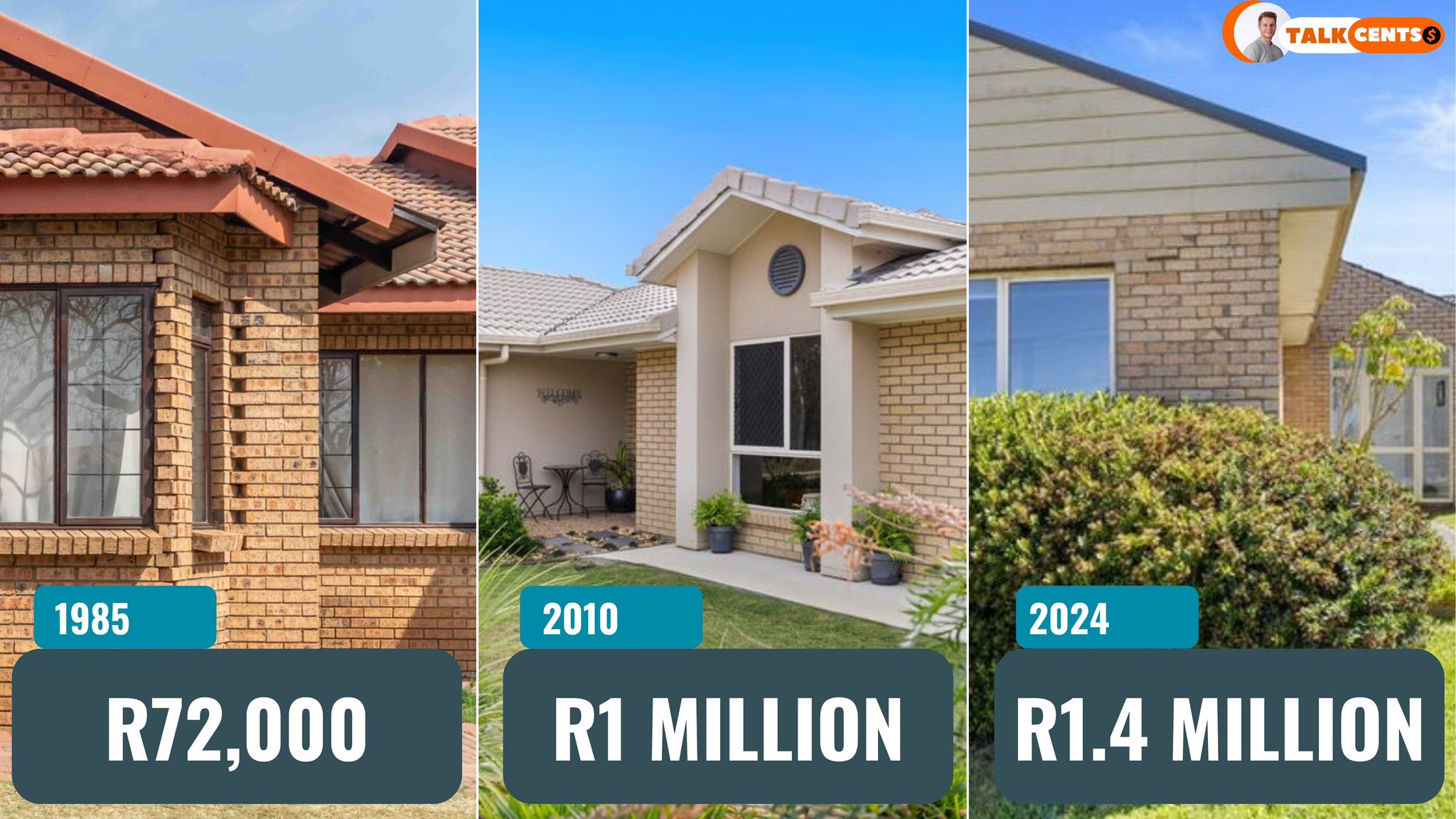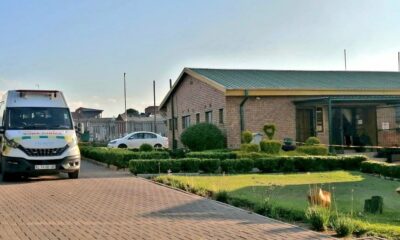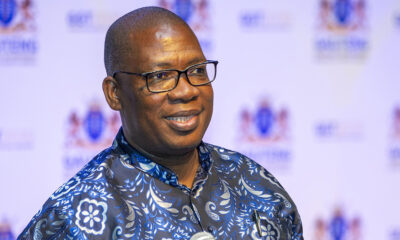News
The Great Divide: What 6.6% Inflation Really Means for Your Home’s Value

On paper, the numbers look great. If you owned a home worth R2 million in May, its value has technically climbed to R2.132 million. That’s the national picture from the latest Residential Property Price Index, showing a 6.6% annual growth rate.
But in the world of South African real estate, the national average is a story that hides more than it reveals. The reality is a tale of twoor rather, severalvery different property markets.
A Boom, But Not for Everyone
Dig into the data, and it becomes clear that one province is doing most of the heavy lifting. The Western Cape is in a league of its own, with house prices surging by a remarkable 10.2% over the past year. This powerhouse performance, coupled with a modest 3.1% gain in Gauteng, is what’s propping up the national average.
The story is the same in the major metros. While they grew at an average of 5.7%, Cape Town alone saw a 9% year-on-year jump. This means if you own a home in the Mother City, you’re likely feeling significantly wealthier. If you’re in another major urban center, your experience is probably far more muted.
There is a surprise contender, however. Limpopo saw the fastest pace of gains. While it contributes less to the overall national basket, a R2 million home there would have seen a theoretical gain of R238,000, showcasing vibrant local growth.
A Glimmer of Broader Hope
There are signs that the momentum is beginning to spread. The First National Bank House Price Index noted that annual growth accelerated to 4.5% in August 2025, the fastest pace since 2022. Crucially, FNB points out that growth is now broadening to include Gauteng and KwaZulu-Natal, suggesting a more balanced recovery may be on the horizon.
This has led to a sense of cautious optimism. “The conditions going into 2026 are more balanced and predictable than they’ve been in years,” notes Bradd Bendall of BetterBond.
The Affordability Crisis Deepens
Yet, this price growth comes with a significant social cost: it’s shutting more people out of the market. A certified financial planner from Old Mutual, Henri Le Grange, points out a stark statistic: less than 16% of South African households can afford a home priced above R1.3 million.
This creates a generational divide, where younger buyers face higher deposits and steeper monthly repayments than their parents did. Despite this, data from Lightstone reveals a surprising trend: young adults (20-35) accounted for almost 30% of all property transactions in 2024, with 17% of them purchasing homes in the R1 million to R1.5 million range.
For now, the South African property market is a patchwork. For sellers in the Western Cape, it’s a boom time. For buyers everywhere, it’s a challenge. And for the nation, the 6.6% figure is not a uniform victory, but a reminder of the deep and persistent economic divides that shape where we live.
{Source: MSN}
Follow Joburg ETC on Facebook, Twitter , TikTok and Instagram
For more News in Johannesburg, visit joburgetc.com



























